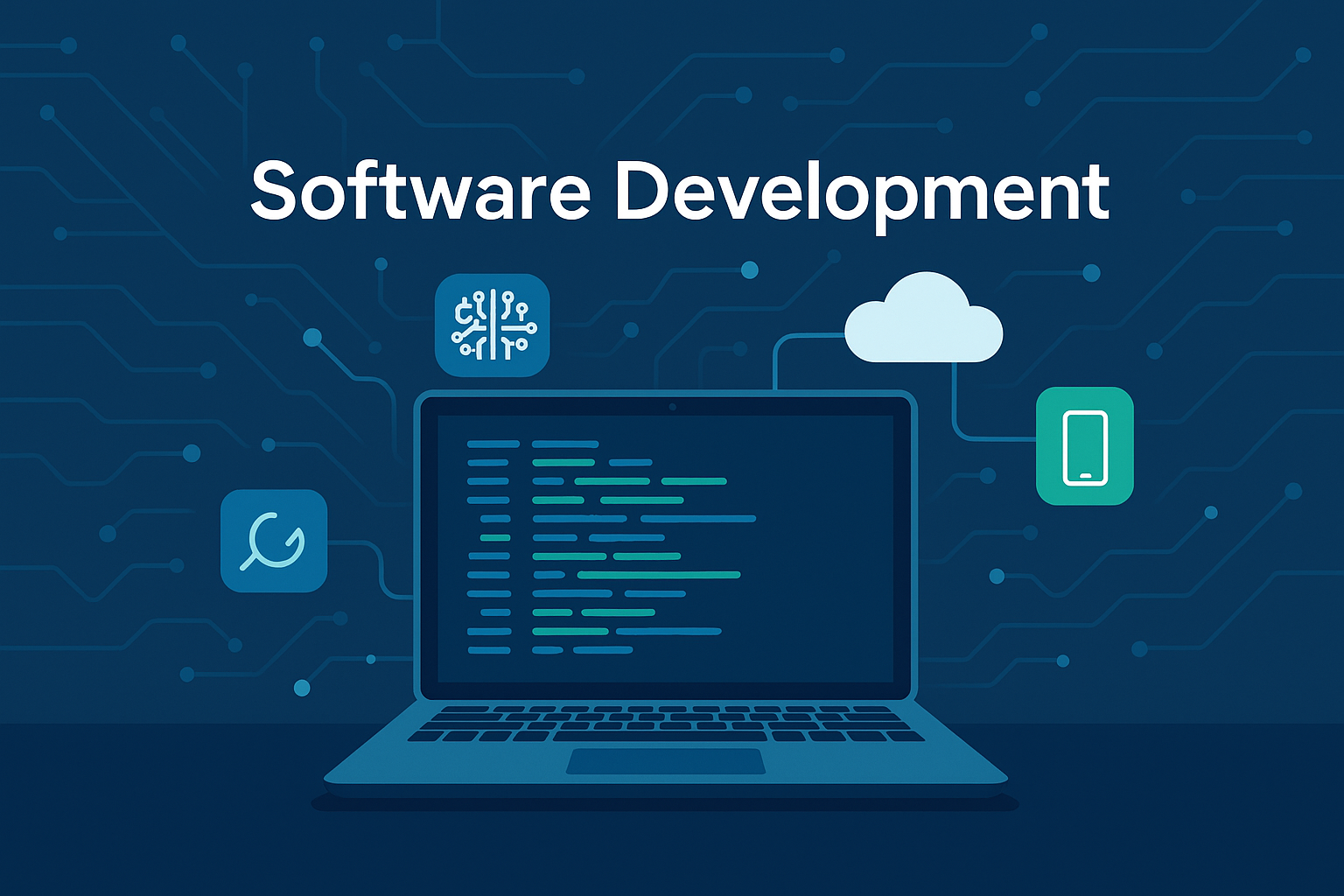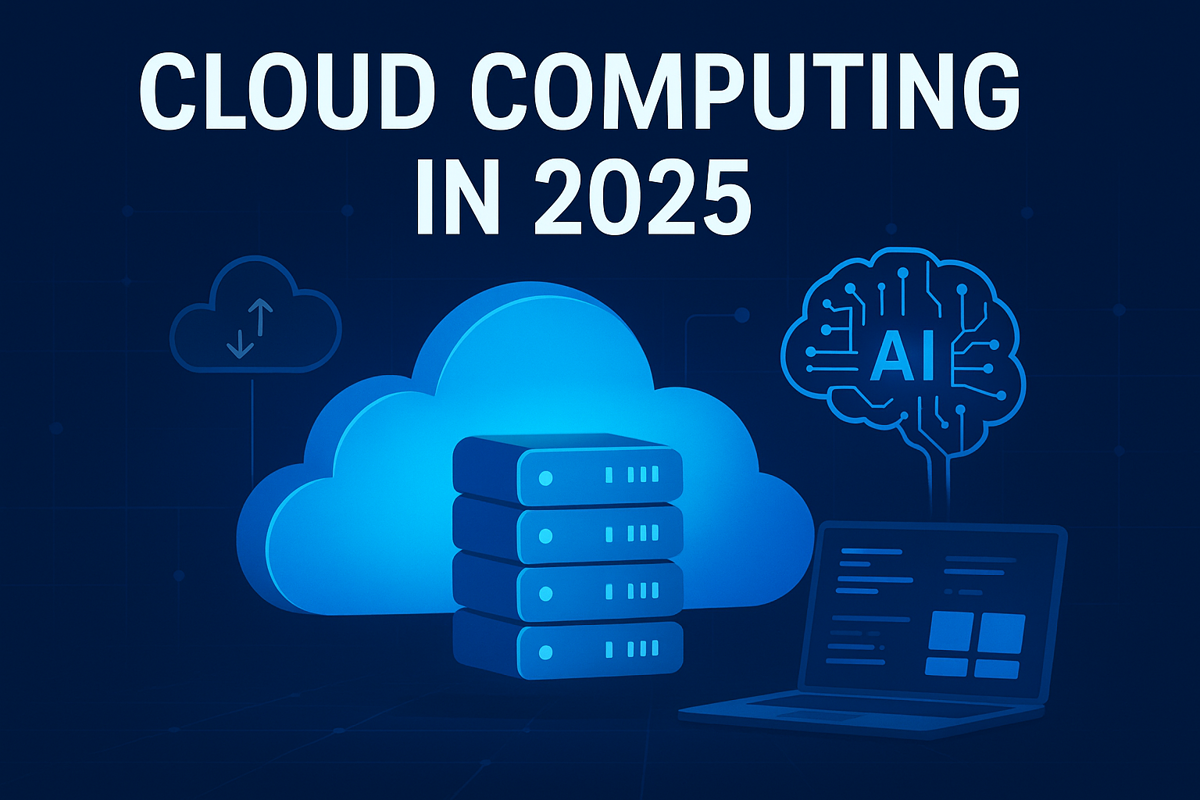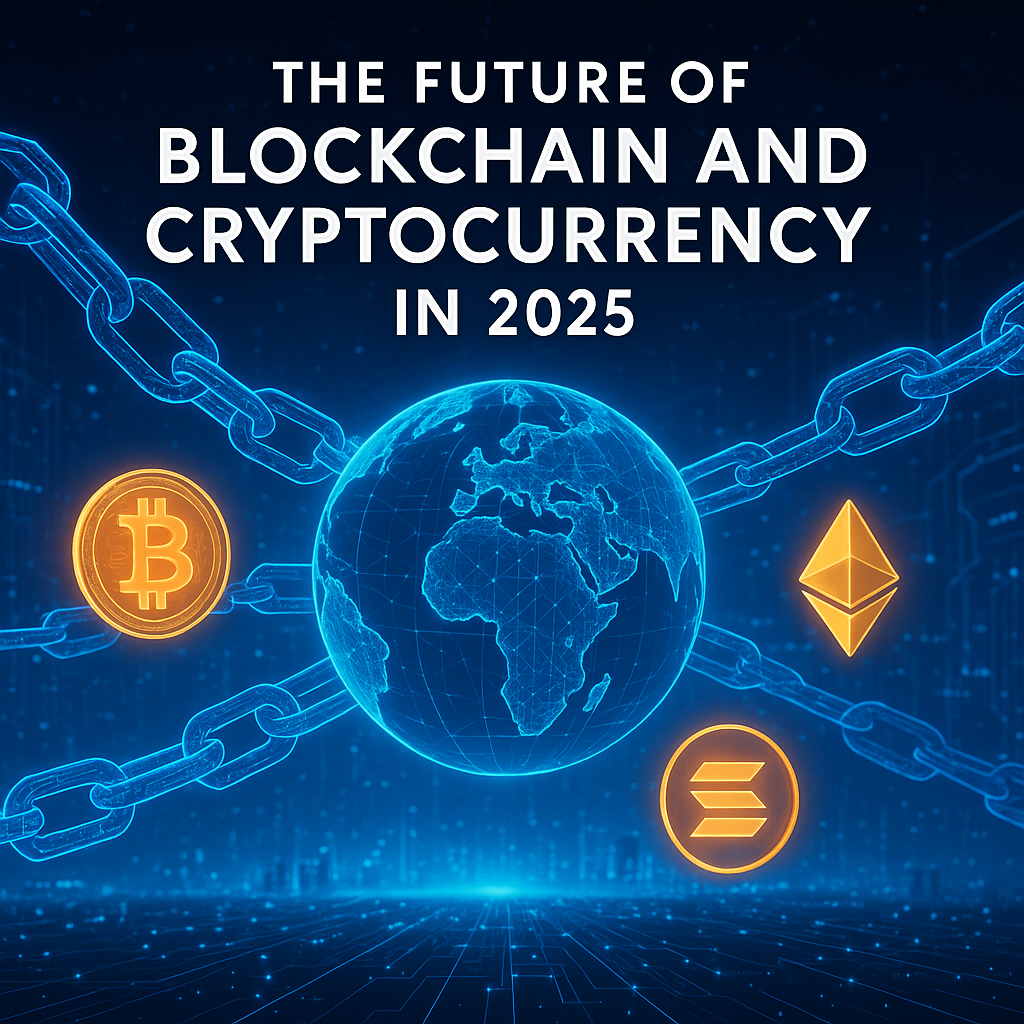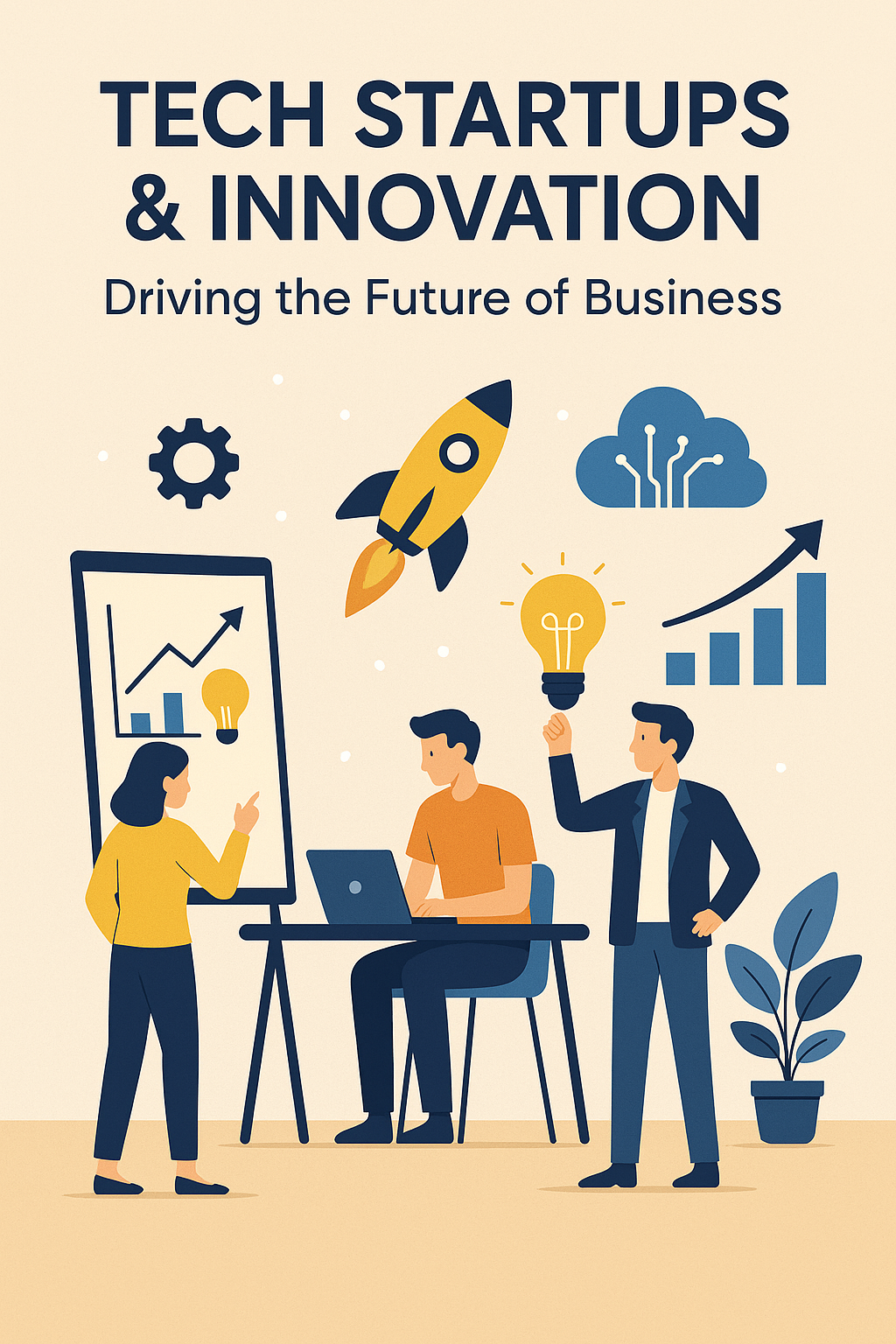
How IoT and Networking Are Revolutionizing Smart Cities in 2025
Discover how the Internet of Things and advanced networking technologies are transforming our cities into intelligent, interconnected environments.
The Internet of Things (IoT): A Key Driver in Digital Transformation Connecting Billions of Devices
The Internet of Things (IoT) has become an integral part of digital transformation, seamlessly connecting billions of devices through advanced networking technologies. As we look forward to 2025, the fusion of IoT with cutting-edge innovations like 5G and edge computing is reshaping our urban landscapes, leading to the emergence of truly smart cities.
🌆 1. Enhanced Infrastructure
Smart sensors are continually monitoring vital infrastructure such as bridges, roads, and public utilities. These intelligent systems can pinpoint maintenance needs, reduce costs, and prevent accidents by alerting authorities before issues escalate.
🚦 2. Advanced Traffic Management
IoT-driven traffic management systems utilize connected cameras and sensors to observe congestion, dynamically adjust signals, and reduce commute times. The integration of 5G technology enables real-time updates with minimal latency.
🌳 3. Environmental Oversight
Air quality monitoring sensors and IoT-enhanced waste management solutions help governments make informed decisions that protect public health while promoting sustainability.
🏙️ 4. Intelligent Energy Grids
Networking and IoT work together to effectively balance energy supply and demand. Smart meters track consumption patterns, allowing utilities to optimize distribution and minimize energy wastage.
🚔 5. Improved Public Safety
IoT cameras, emergency alert systems, and AI-enhanced surveillance tools empower law enforcement and municipal agencies to respond more quickly and create safer communities.
⚙️ 6. The Impact of 5G and Edge Computing
The success of IoT is deeply dependent on connectivity. Innovations in 5G and edge computing enable data to be processed closer to its source, boosting speed, efficiency, and reliability for real-time decision-making.
🌐 The Vision for Smart Cities
By 2030, predictions suggest that over 70% of cities worldwide will adopt IoT-enabled smart solutions. This transition promises to enhance convenience while revolutionizing sustainability, governance, and the overall quality of life.
In conclusion, IoT and networking signify not only advancements in technology but also lay the groundwork for a connected future where cities are more efficient, secure, and responsive to the needs of their residents.







